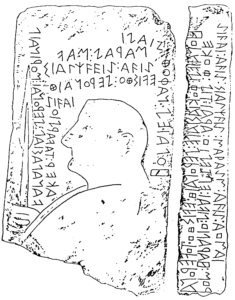The Early History of the Etruscans

Istituto Svedese di Studi Classici a Roma
Via Omero 14
00197 Roma
Data evento
19 Gennaio 2023
What can we say about the early history of the Etrsucans? Dionysius of Halicarnassus (after Myrsilus of Methymna) writes that the Pelasgians came to Italy from Thessaly. My theory is that the Pelasgians were ”proto-Etruscans”, since the Pelasgian island of Lemnos has inscriptions in Etruscan. Also, the Italian scholar Giulio M. Facchetti has suggested that the Minoan Linear A is “proto-Etruscan”. The German scholar Helmut Rix has proven that the Rhaetian inscriptions in the southern Alps are in an Etruscan language. We thus have an Etruscan-speaking horizon from northern Italy over the Alps to Thessaly and the northern Aegean area (and to Crete!?).
There are many interesting paths to explore here: is the cult of the Kabeiroi an “Etruscan” feature, known from Thebes and many northern Aegean islands? Are the Pelasgians, who became the Philistines in the modern Palestine area, also Etruscan-speaking and thus part of the famous Sea Peoples mentioned at the temple of Ramses III in Medinet Habu?
Why are there so many connections between Italian Etruscan culture and the “Ionic” eastern Aegean area (and to a little extent Egypt, possibly Kabeiroi sanctuary in Faijum)? Architectural terracottas från Larissa and Acquarossa, bucchero from Asia Minor, the many similarities in Etruscan religion, Disciplina Etrusca, with Hittite ritual, especially the interpretations of birds’ flight, animal entrails and thunder? Is there a way to answer these many questions?
Lecture by Lars Karlsson
https://isvroma.org/en/2023/01/13/research-seminar-the-early-history-of-the-etruscans-2/
